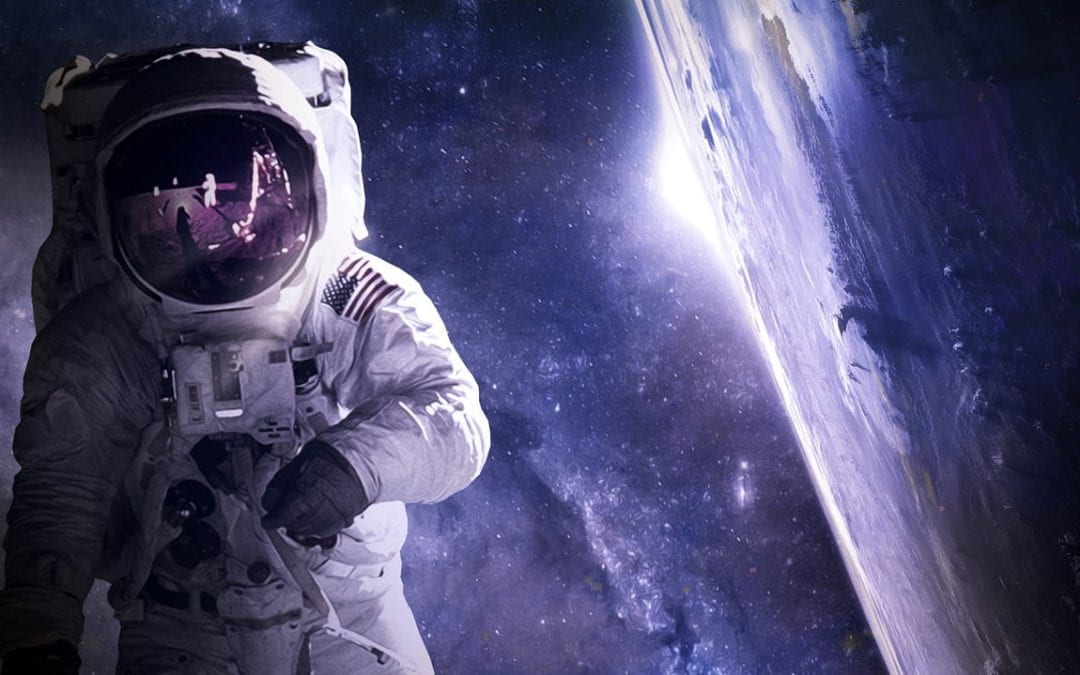By Priyanka Dhopade, Carolle Varughese, Lena Henry, Sarah Hendrica Bickerton, and Te Kahuratai Moko-Painting
Aotearoa New Zealand is the latest country to enter the expanding and competitive international space market.
In the aerospace strategy and national space policy, the government lays out how it intends to grow the domestic space sector by launching rockets and satellites and promoting Earth observation research.
The documents indicate the government’s general priorities in “protecting New Zealand’s national interests” and the “responsible use of space”.
Sustainability is a focus in both strategy and policy but is used interchangeably in three different contexts:
- To “sustain” the economic development of the industry
- to describe the benefits of aerospace technology for sustainability efforts, like monitoring climate change
- to describe the environmental impacts of aerospace activities, largely focused on space debris, while reducing emissions (though the latter is largely a concern for the aviation industry, not space).
When a part from India’s recent rocket launch landed on Australian shores last month, it captured people’s attention – and delivered a reminder that Earth’s orbits are teeming with the discards of human endeavours in space.
Space debris indeed poses long-term threats to space activities and Earth’s environment. But sustainability should have a wider focus than the pollution of Earth’s orbital space.
Our new research provides key recommendations for expanding our view on the sustainable use of space – and this could reveal unforeseen risks and opportunities for businesses, governments, communities and Indigenous peoples.
What does sustainability in space mean?
The worsening impacts of climate change and biodiversity loss have taught us that we cannot easily clean up our messes retrospectively and that pollution has inter-generational consequences.
But factoring in sustainability is usually an afterthought as we continue to compromise environmental, societal and cultural wellbeing for the sake of economic development. The ambiguity in what we mean by sustainability is part of the problem.
Nowhere in New Zealand’s aerospace strategy or policy documents is sustainability actually clarified. What is included, what is excluded, and whose concept of sustainability are we operating with?
Without clarity, it is difficult to develop techniques and targets for sustainability or to be held accountable for missing them.
Balancing priorities with values
It is also difficult to draw parallels between different knowledge systems or sectors. But this could help us avoid the mistakes that have led to the current climate and biodiversity crises.
The way economic priorities are balanced with values through a holistic relationship with the Earth, sea and sky is already embedded in many Indigenous cultures around the world, including Māori.
Aotearoa New Zealand’s founding documents outline the co-existence of two distinct authorities – Māori, represented by hapū (the primary political unit in traditional Māori society at the signing of Te Tiriti o Waitangi) and the British Crown. While the national space policy is committed to recognising and reflecting Māori interests in the space sector, it is not clear how these interests will translate into a genuine partnership approach to decision making.
Our research makes recommendations about how we might consider what we are trying to “sustain”, for whom and over what timeframe, what the requirements are to do so, and who needs to be at the decision-making table.
Earth, its atmosphere and beyond
Are we thinking about our future activities just on Earth, or further afield, including planetary exploration and asteroid mining?
Closer to Earth, commercial satellite technology is now a well established method to observe our planet from space. It helps to monitor weather and climate effects and provides crucial telecommunication services. But at what environmental cost to Earth?
There are currently no mandatory regulations for the space industry to report their greenhouse gas emissions or consider the life-cycle impact of their products on Earth’s environment. Without this information, how can we perform any cost-benefit calculations, on Earth or elsewhere?
We are getting better at sending objects on a one-way trip to Mars, and even to the edge of the solar system. Is space ultimately a dumping ground for waste from human activity?
Society and culture
For millennia, the night sky has been a sacred environment, a repository of knowledges and a source of connection for people. It is now threatened by increasing light pollution from mega constellations of satellites and accumulating space debris.
In Australia, Aboriginal oral traditions provide a unique insight into what the sky may have looked like more than 10,000 years ago – and what that teaches us about human history. In Aotearoa, the ongoing revitalisation of Māori astronomical traditions symbolises the necessary bicultural constitutional foundations, as set out in Te Tiriti o Waitangi, for a rapidly emerging space sector.
This foundation means having authentic partnerships with tangata whenua, the Indigenous peoples. It means ensuring Māori voices are welcomed and respected at the decision-making stage and on what we choose to do in space.
Māori are already paving a new way to space and deep tech. They are gaining significant funding and inspiring the next generation of rangatahi (young people) to be space professionals, while simultaneously grounded in their Māori astronomy. Broadening our view of sustainability could be the difference between oppression and recognition of Māori interests in the domestic space sector.
So far, space exploration has been propelled by competition. Throughout history, this has been sustained by cold wars and national pride, without much thought about consequence. But it is time to reconsider this and start to think of space as a commons – something more than just a resource to exploit. Space is something we all have a stake in, together on our pale blue dot.
With credit to our co-authors in our research publication: Adam Morris, Nicholas Rattenbury, Cody Mankelow, Alice Gorman, Stevie Katavich-Barton.
* Originally published in The Conversation. Republished with permission.

